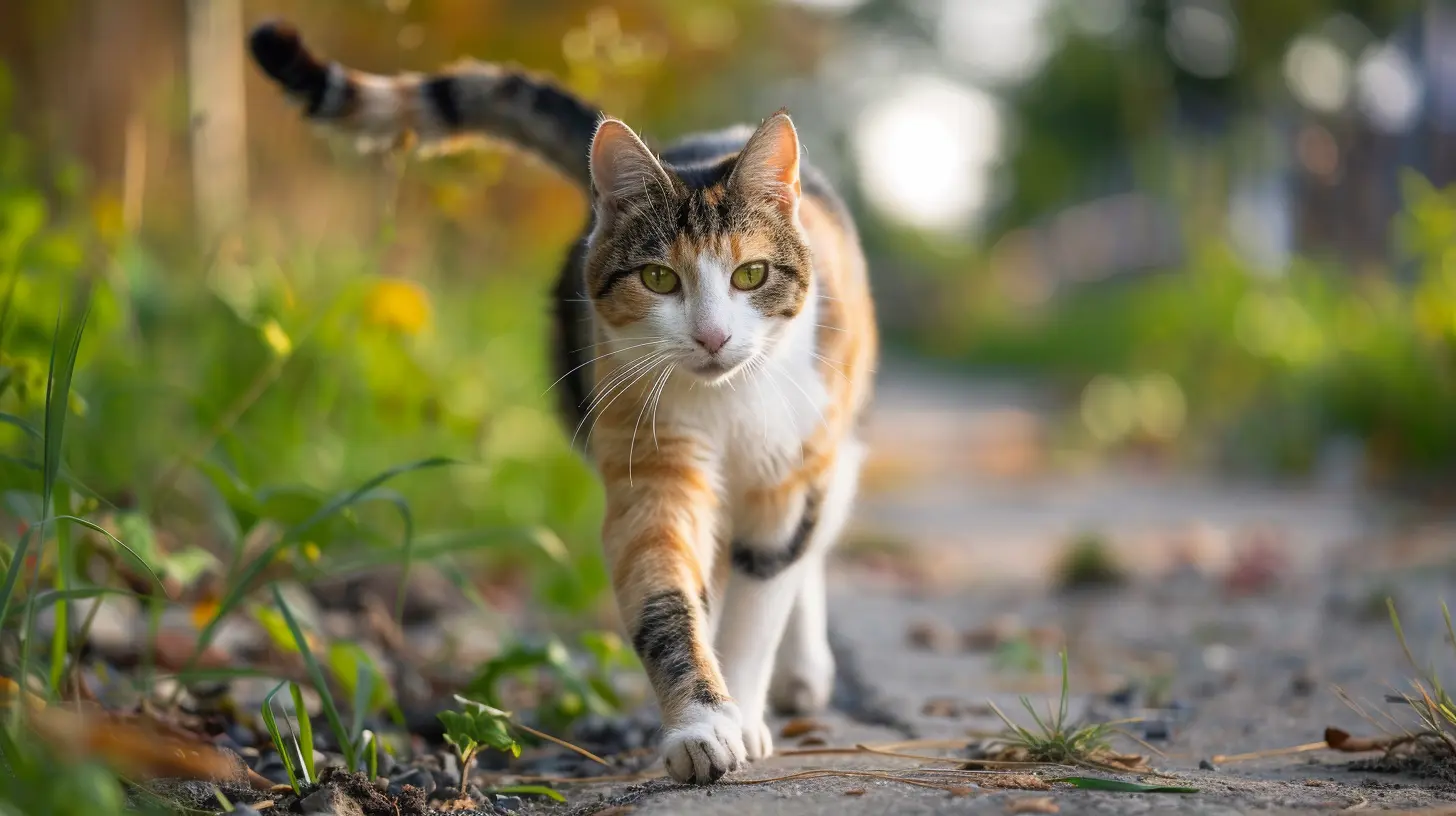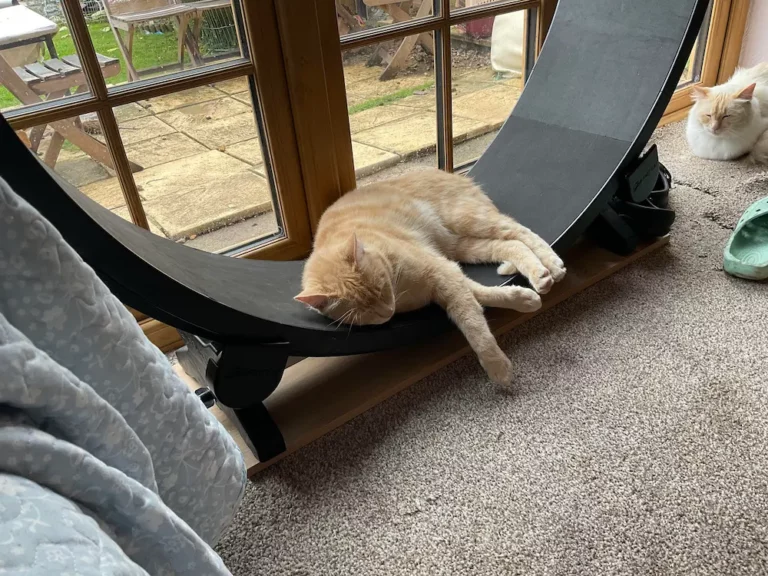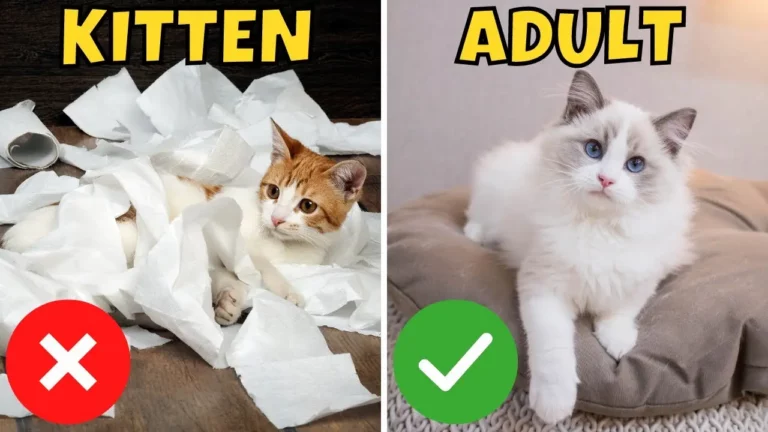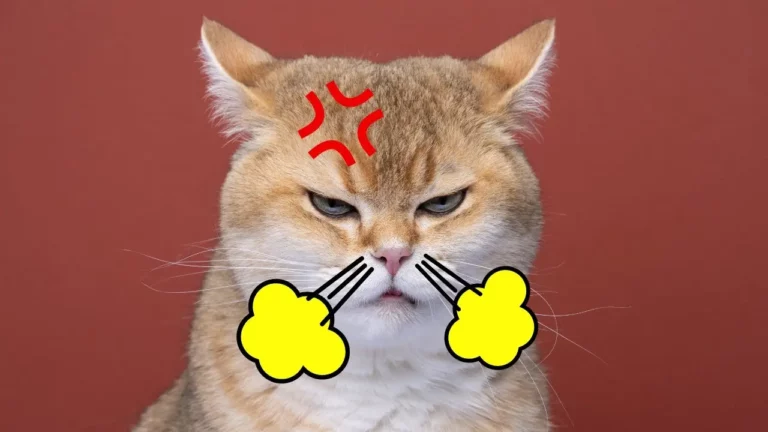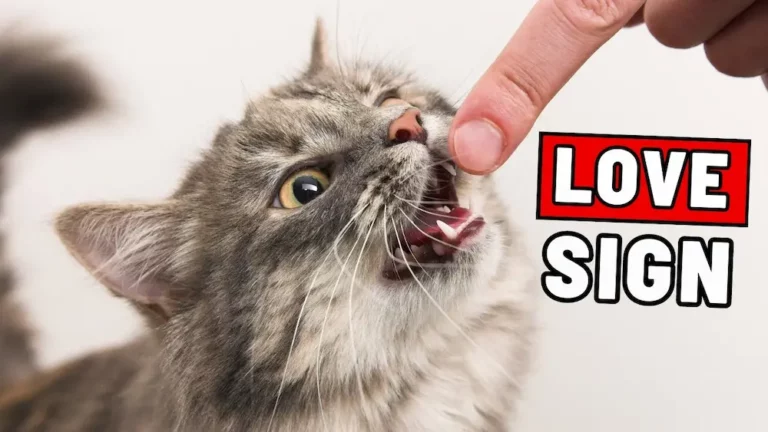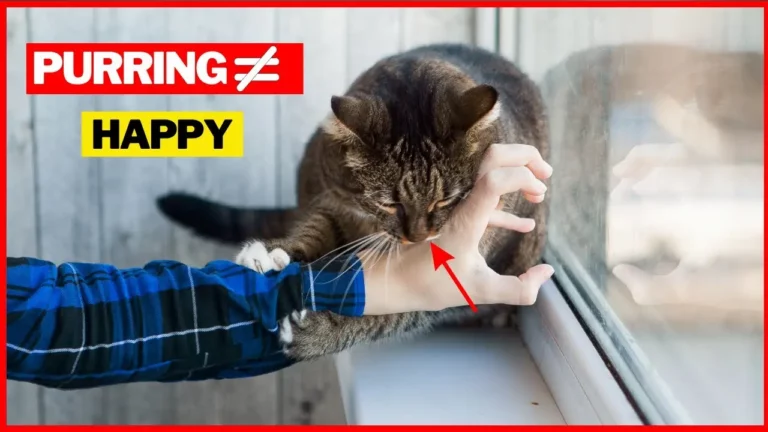How Sensitive Are Cats' Tails? What Every Owner Should Know
When it comes to understanding our
I’ve noticed that a
For instance, a twitching tail can signal irritation, while a puffed-up tail might indicate fear or aggression.
As an owner, it’s essential to grasp these subtleties to respond appropriately to your
Anatomy of a Cat ‘s Tail
A
These bones form a flexible and intricate structure that allows the tail to move with remarkable agility.
Each tail contains between 19 and 23 vertebrae, connected by joints and surrounded by muscles, tendons, and ligaments.
This combination gives the tail its strength and dexterity, enabling a wide range of movements.
As I observe my
The muscles in the tail are finely tuned and highly responsive, contributing to her incredible balance and coordination.
When she jumps or lands, her tail acts like a counterbalance, helping her maintain stability.
It’s fascinating to see how every part of her tail works in harmony to support her agile, graceful movements.
The tail’s nerves play an important role in its sensitivity.
Every touch and movement sends signals to the brain, allowing my
This sensitivity isn’t just for physical coordination; it also helps her detect subtle changes around her. Understanding the anatomy of a
Role in Communication
In addition to its physical functions, my
For instance, when her tail stands tall and straight, she’s usually feeling confident and content.
On the other hand, if her tail puffs up and bristles, it’s a clear sign she’s startled or scared.
The position and motion of my
A gently swaying tail often indicates curiosity or a relaxed state, while a thrashing tail can be a warning of irritation or aggression.
By paying close attention to these subtle signals, I can better respond to her needs and emotions.
Moreover, my
This non-verbal communication helps us build a stronger bond, as I learn to interpret her signals accurately.
By observing my
Understanding these cues enriches our relationship, making our interactions more harmonious and enjoyable.
Signs of Tail Sensitivity
Understanding my
When I gently stroke her tail, she sometimes reacts by twitching or moving it away.
This tells me that her tail is quite delicate.
If I notice her tail puffing up or her body stiffening, it’s a clear sign she’s feeling stressed or uncomfortable.
Paying attention to these reactions helps me comprehend her mood and respect her boundaries.
I’ve also observed that her tail’s sensitivity varies with her overall mood.
When she’s relaxed and happy, her tail is more likely to be loose and swaying.
However, if she’s agitated or scared, her tail may become rigid or tucked close to her body.
These physical cues are essential indicators of her emotional state and help me respond appropriately to her needs.
Additionally, if she ever yelps or hisses when her tail is touched, it’s a strong sign that something might be wrong.
It could be an injury or just heightened sensitivity, and it prompts me to check for any issues or consult a vet.
Caring for Your Cat ‘s Tail
To maintain my
I always approach my
When examining her tail, I look for any cuts, swelling, or unusual lumps.
If I notice anything concerning, I immediately consult our veterinarian to address potential issues early.
Brushing my
This not only keeps her tail clean but also helps distribute natural oils that keep her fur healthy. During these grooming sessions, I pay close attention to her reactions, stopping if she shows any signs of discomfort.
Playing with my
Instead, I use toys that encourage her to chase and pounce, keeping her tail safe from accidental harm.
Conclusion
In a nutshell, understanding your
Always handle their tail gently and keep an eye out for any unusual behavior or injury. By doing so, you’ll guarantee your beloved pet stays happy and healthy, creating a stronger bond between you and your
Remember, their tail tells a tale—so listen closely.
